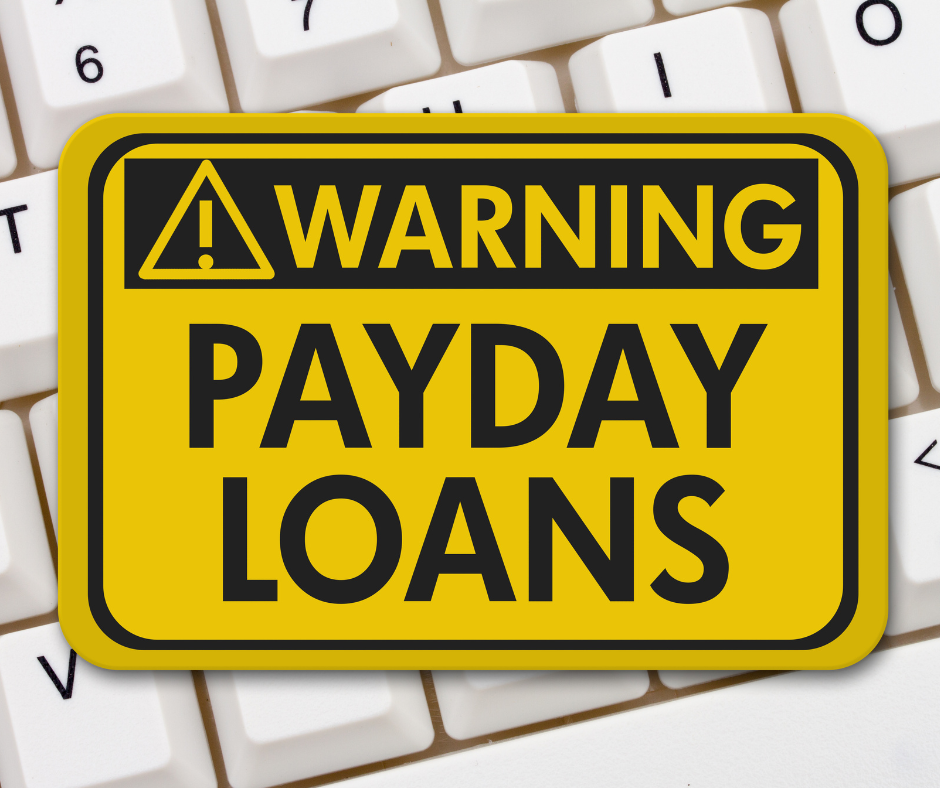Home equity loans vs HELOCs: key differences explained
Learn the key differences between home equity loans vs HELOCs, how each works, and which option may suit your financial needs.
Understanding home equity loans vs HELOCs is crucial before making some decisions related to your financial situation.

When unexpected expenses hit or major life goals come into focus, borrowing against your home can feel like a smart option. But, while both loans allow homeowners to tap into the equity they’ve built, they work differently and serve different financial needs.
In this guide, you’ll learn how each option works, what sets them apart, and how to decide which might fit your situation.
What is a home equity loan?
A home equity loan is often referred to as a second mortgage. It lets you borrow a lump sum of money based on the equity in your home. Equity is simply the difference between what your home is worth and what you owe on your mortgage.
Once approved, you receive the funds upfront and repay them over a fixed term with predictable monthly payments. The interest rate is usually fixed, offering stability over the life of the loan.
This type of loan is often used for one-time expenses like major home renovations, medical bills, or consolidating debt. However, it does require you to use your home as collateral.
What is a HELOC?
A Home Equity Line of Credit (HELOC) works more like a credit card. Instead of receiving a lump sum, you get access to a revolving line of credit based on your home’s equity.
HELOCs typically have a draw period (typically 5 to 10 years), where you can borrow as needed, repay, and borrow again, similar to how a credit card functions. During this period, payments may be interest-only. After the draw period ends, repayment shifts to both principal and interest, often leading to higher payments.
HELOCs usually come with variable interest rates, meaning your monthly payment can fluctuate over time.
Home equity loans vs HELOCs: the key differences
Understanding home equity loans vs HELOCs starts with knowing how they’re structured. Here’s a quick comparison:
| Feature | Home Equity Loan | HELOC |
| Payout | Lump sum | Revolving line of credit |
| Interest Rate | Fixed | Variable (can change over time) |
| Repayment Term | Fixed (5-30 years) | Draw period + repayment period |
| Payment Type | Predictable monthly payments | Interest-only during draw, then full pay |
| Best for | One-time expenses | Ongoing or unpredictable expenses |
Which one fits your needs?
Choosing between a home equity loan and a HELOC depends on your financial goals and comfort level with variable payments.
- If you prefer stability and a fixed monthly payment, a home equity loan might feel more manageable.
- If flexibility is more important, such as covering costs over time, a HELOC offers more adaptability.
It’s also essential to consider the risks. Since both loans use your home as collateral, missed payments could lead to serious consequences, including foreclosure.
Making sense of home equity loans vs HELOCs
When weighing home equity loans vs HELOCs, there’s no one-size-fits-all answer. Each has distinct advantages depending on how you plan to use the funds and your comfort with different repayment structures.
Before moving forward, it’s wise to compare offers, review the terms carefully, and consider speaking with a qualified financial advisor. Taking the time to fully understand these options can help you make a choice that aligns with your financial situation and long-term goals.






